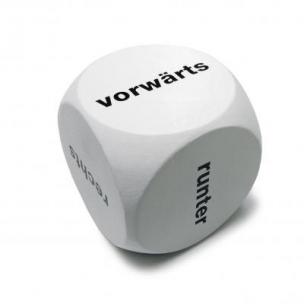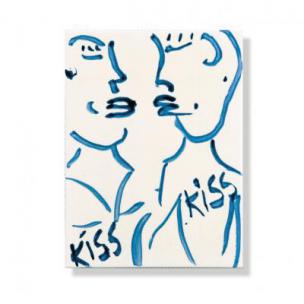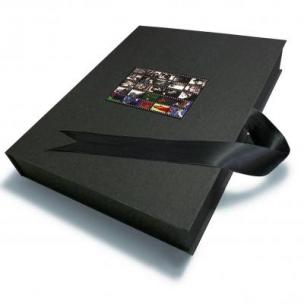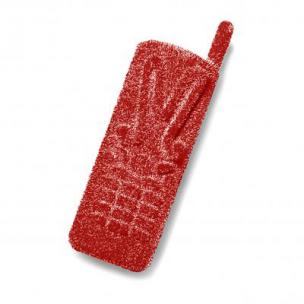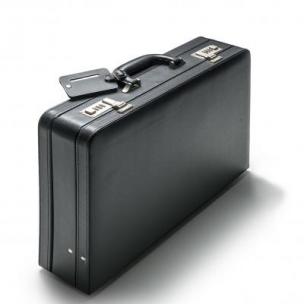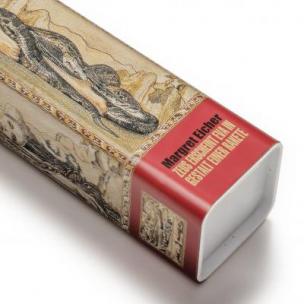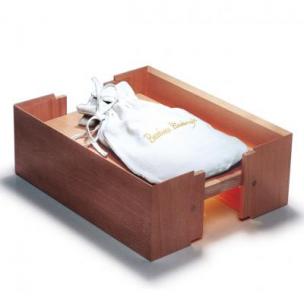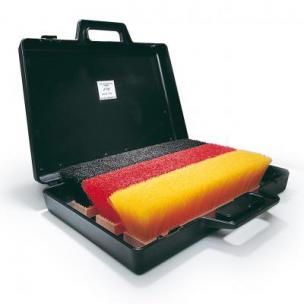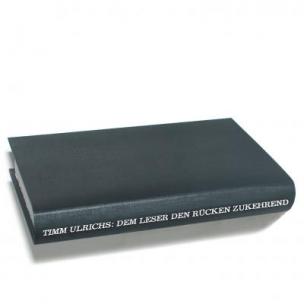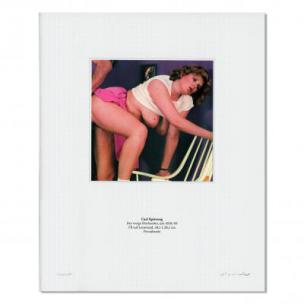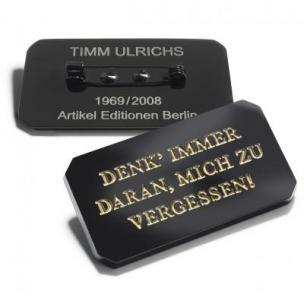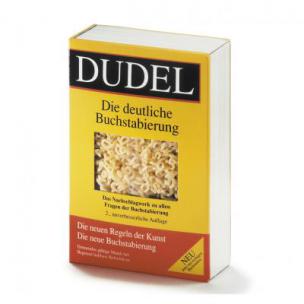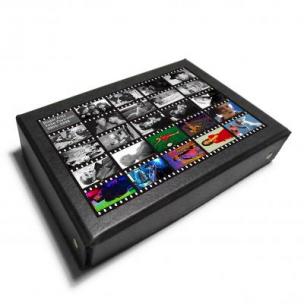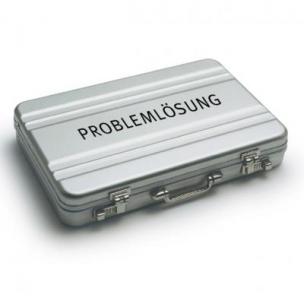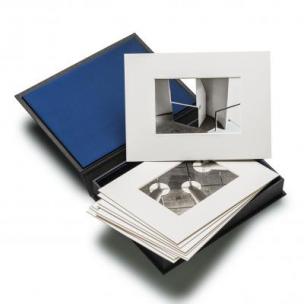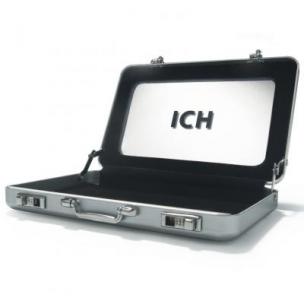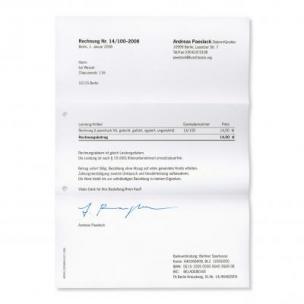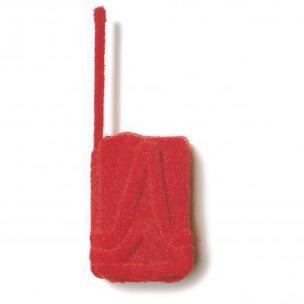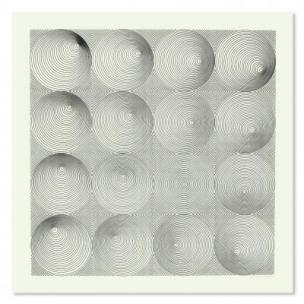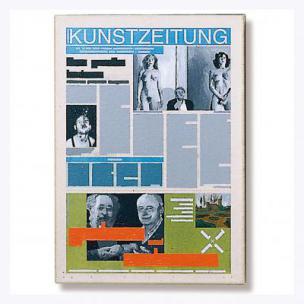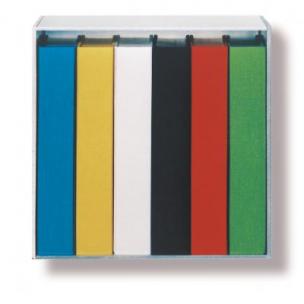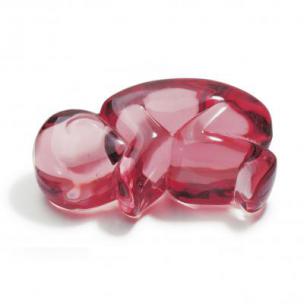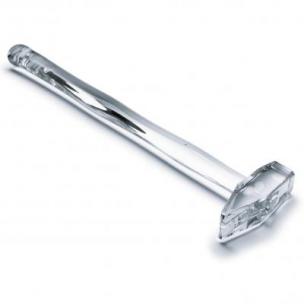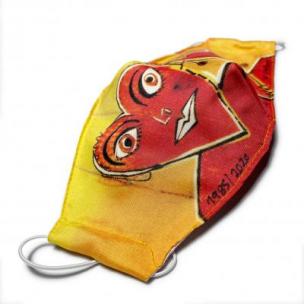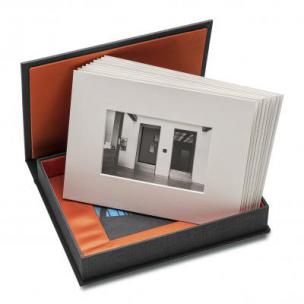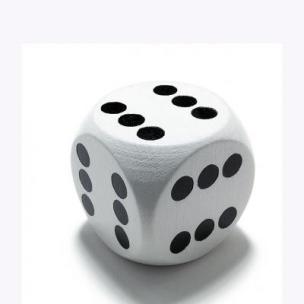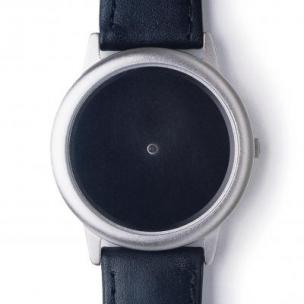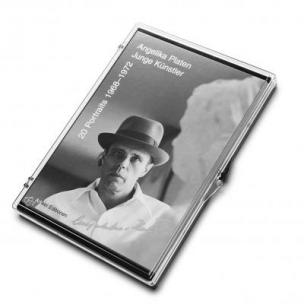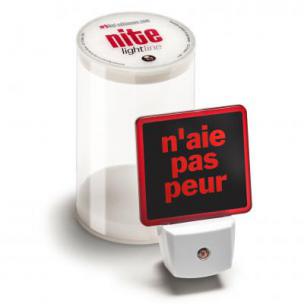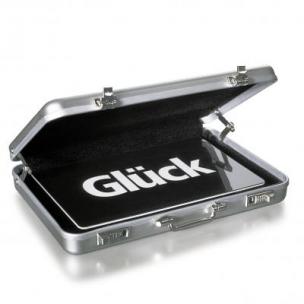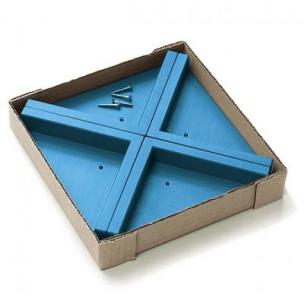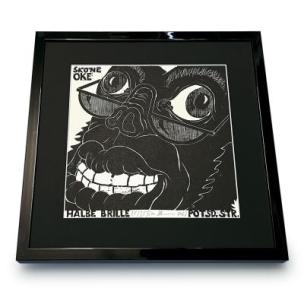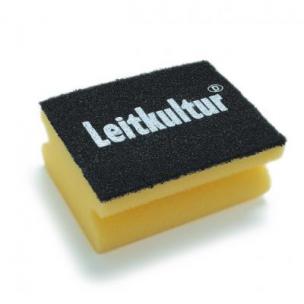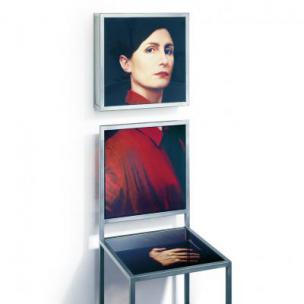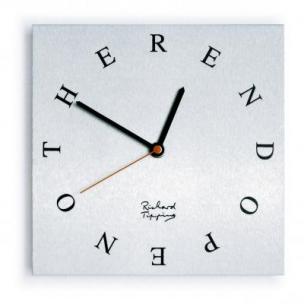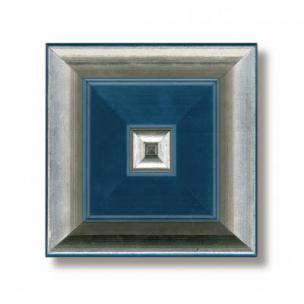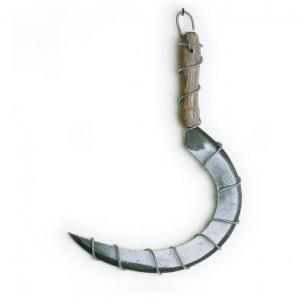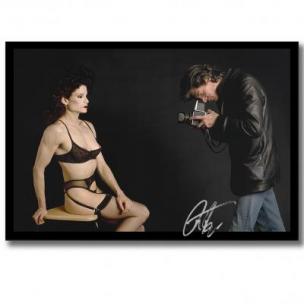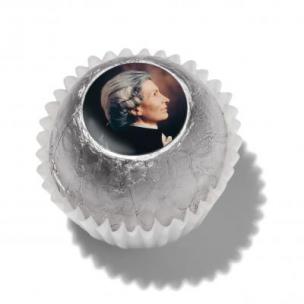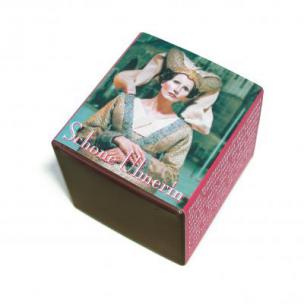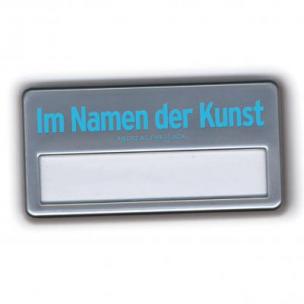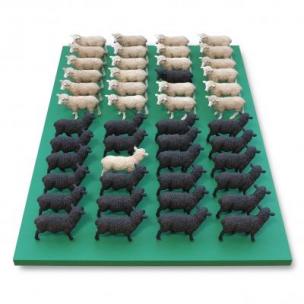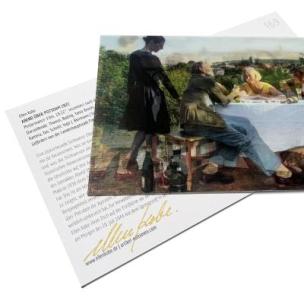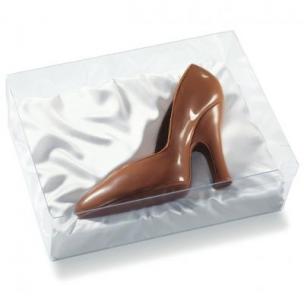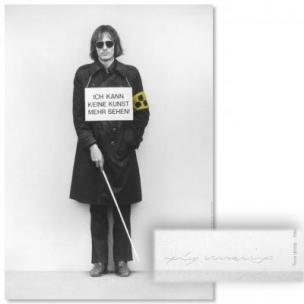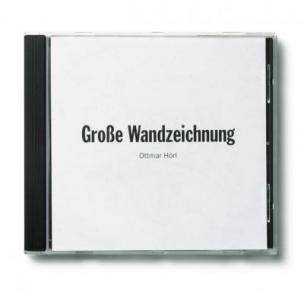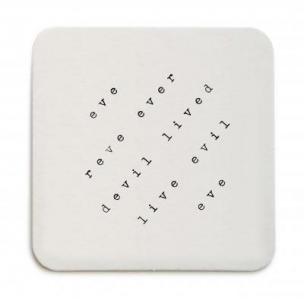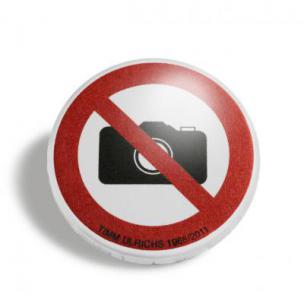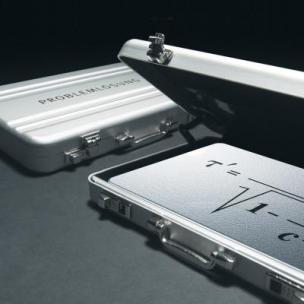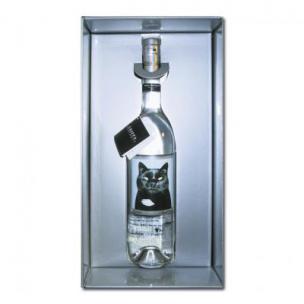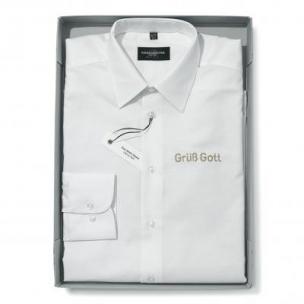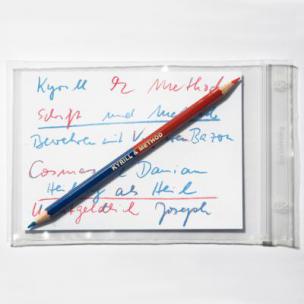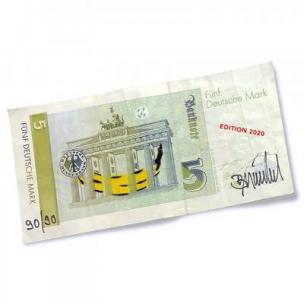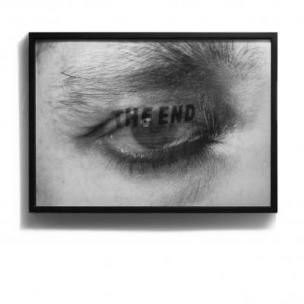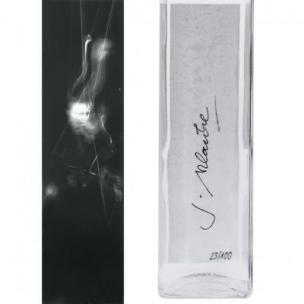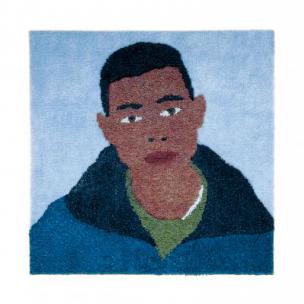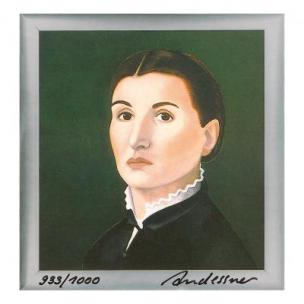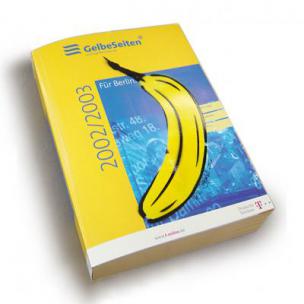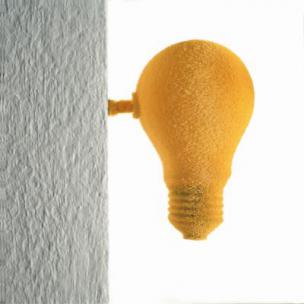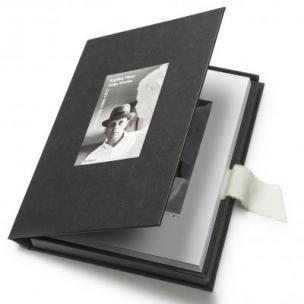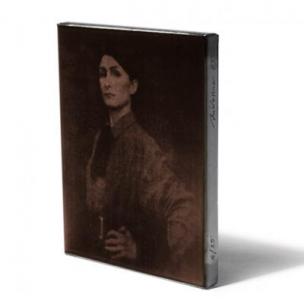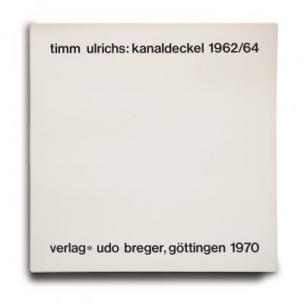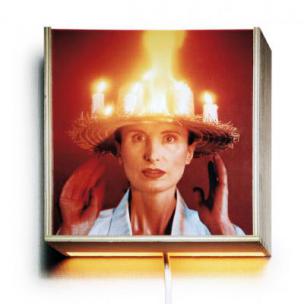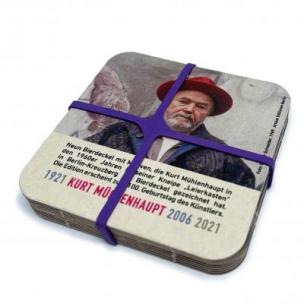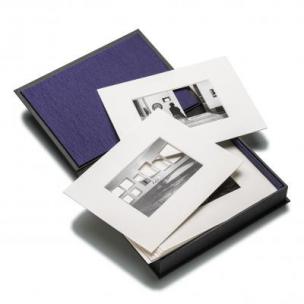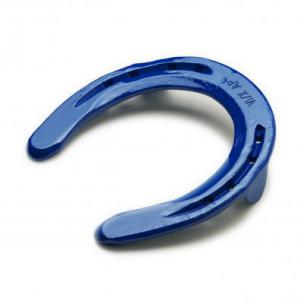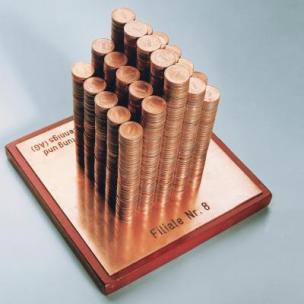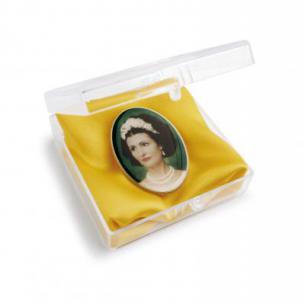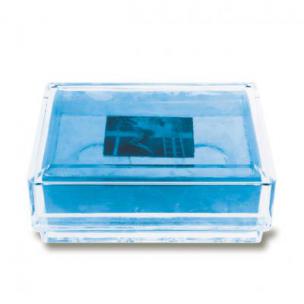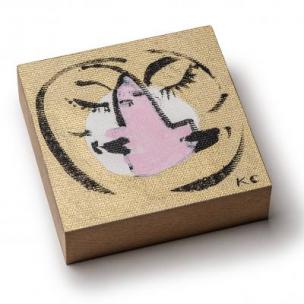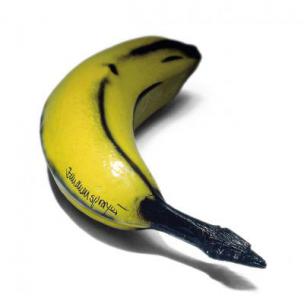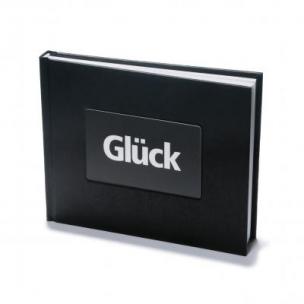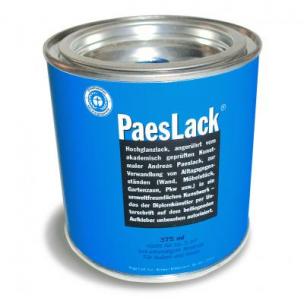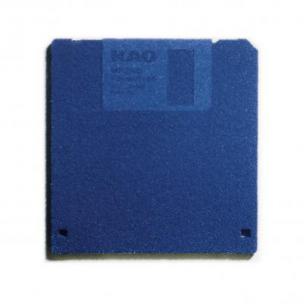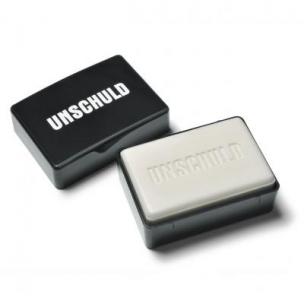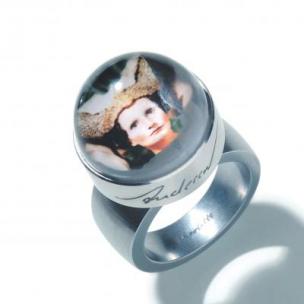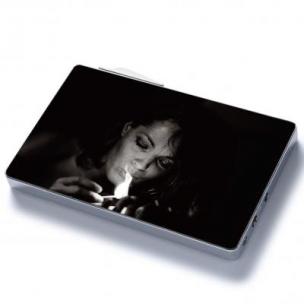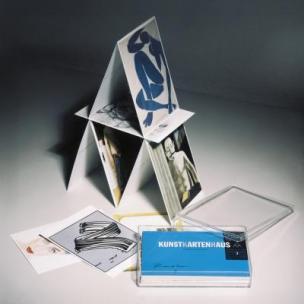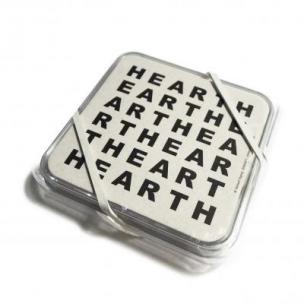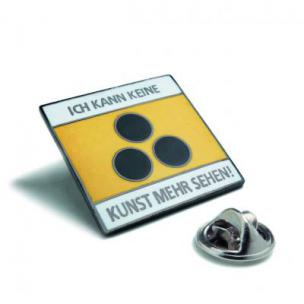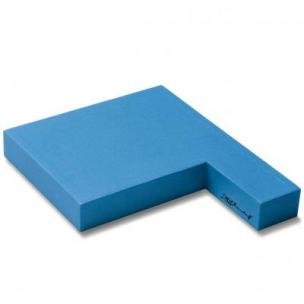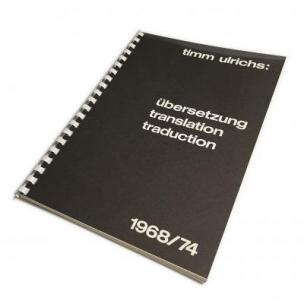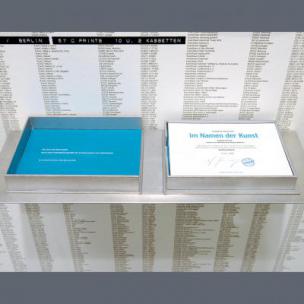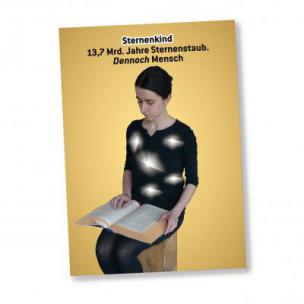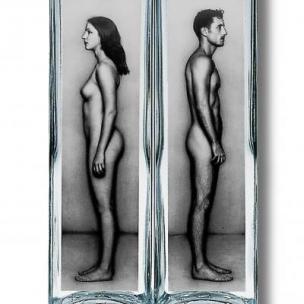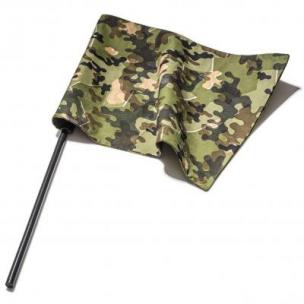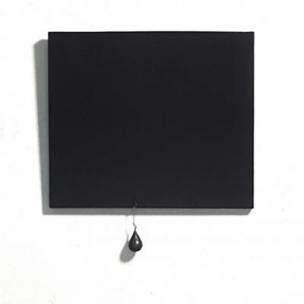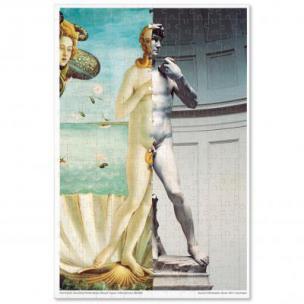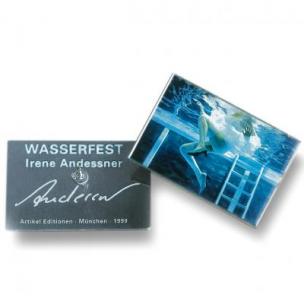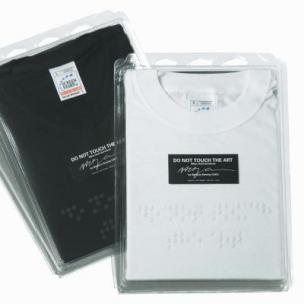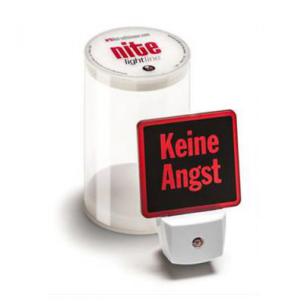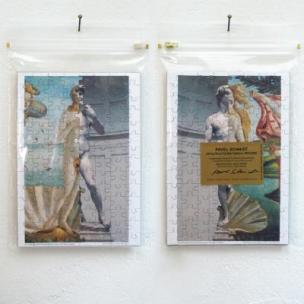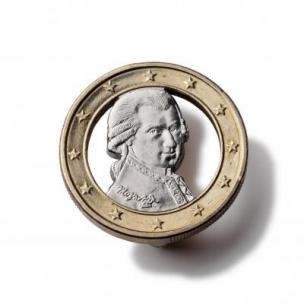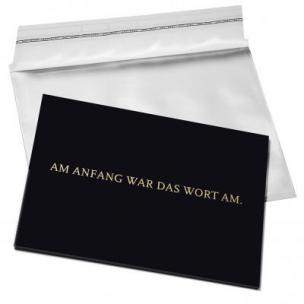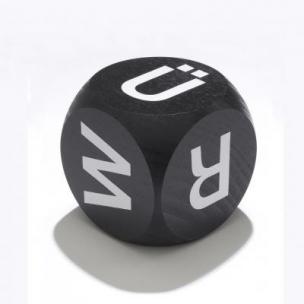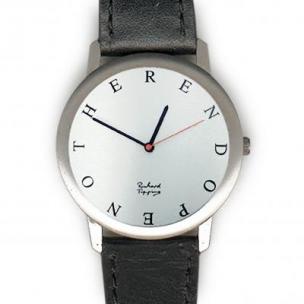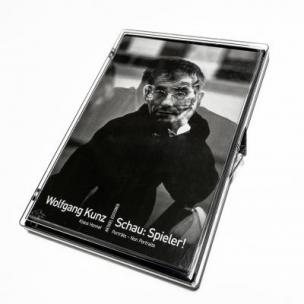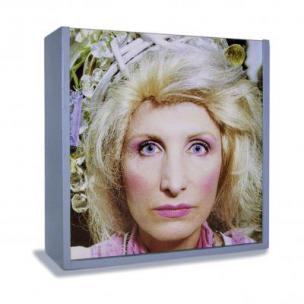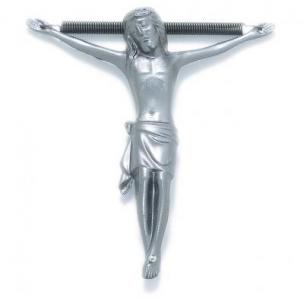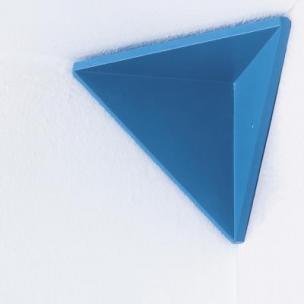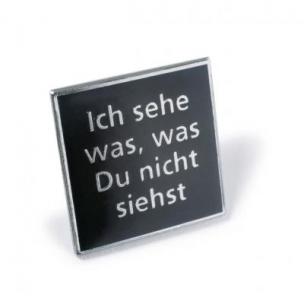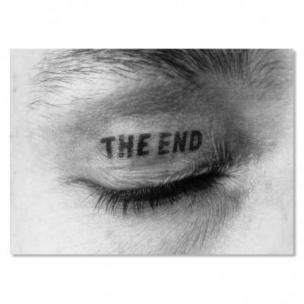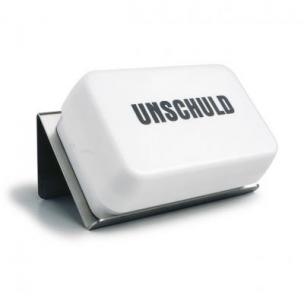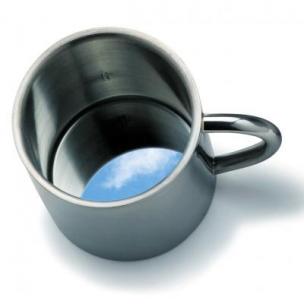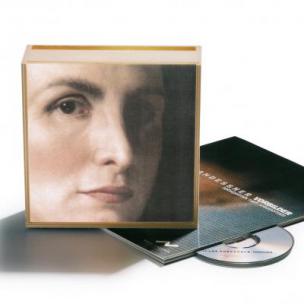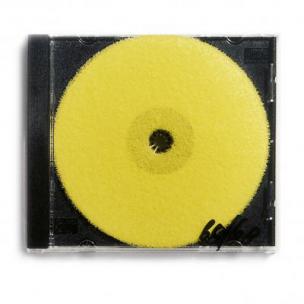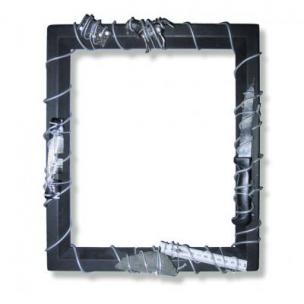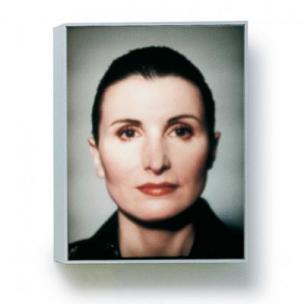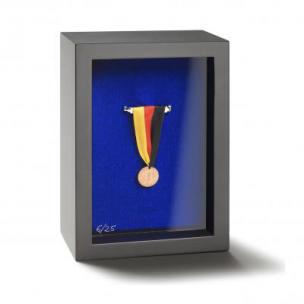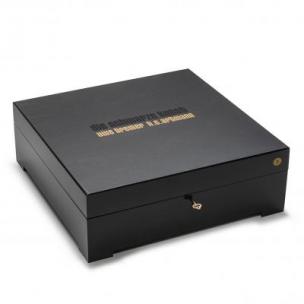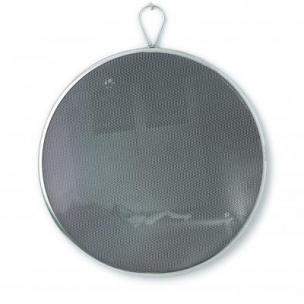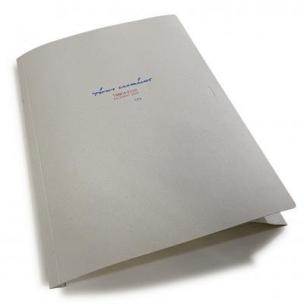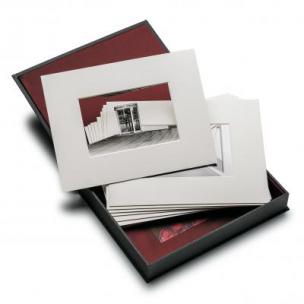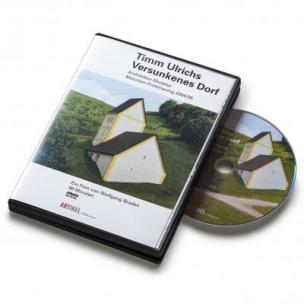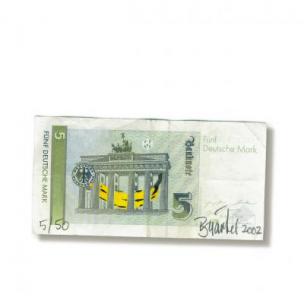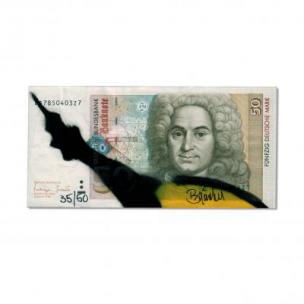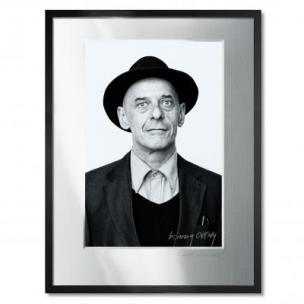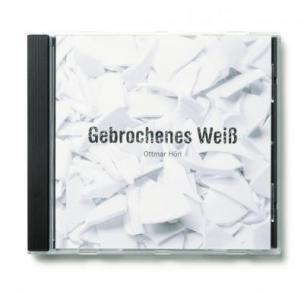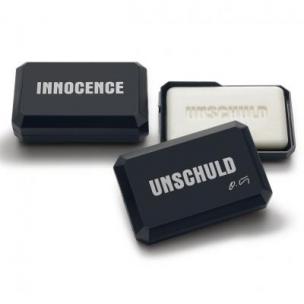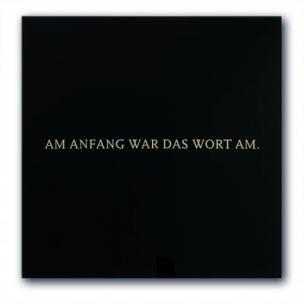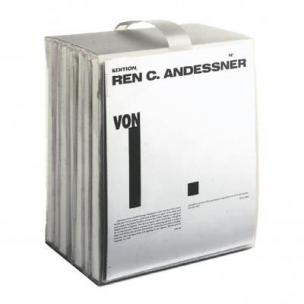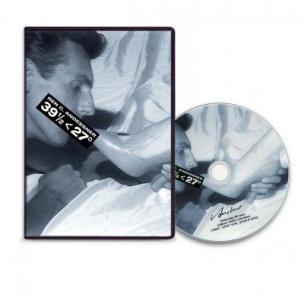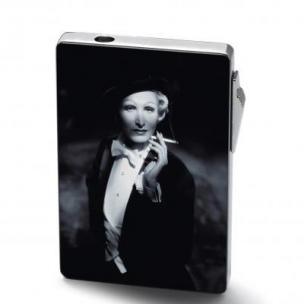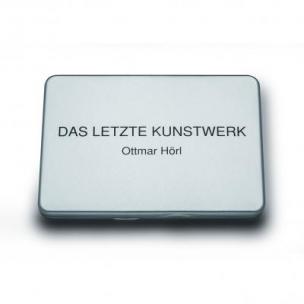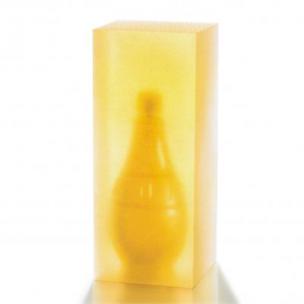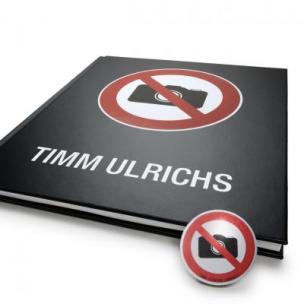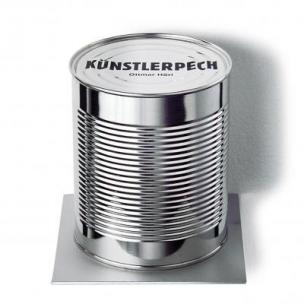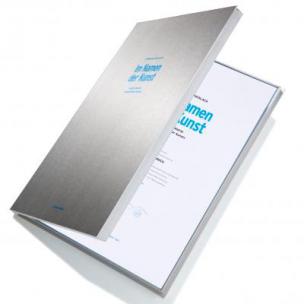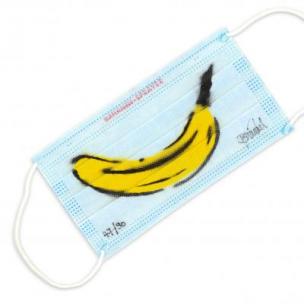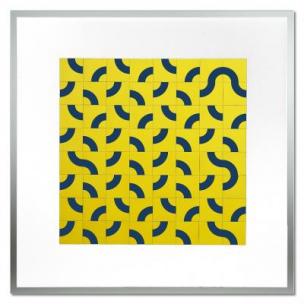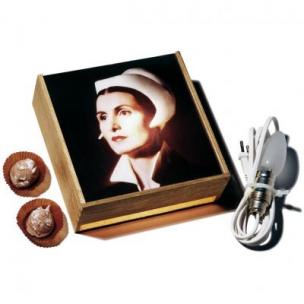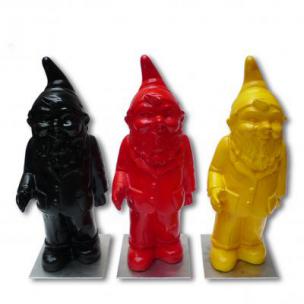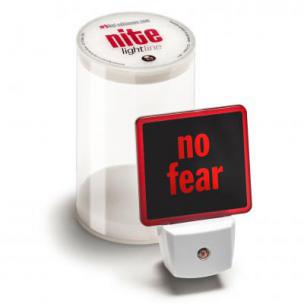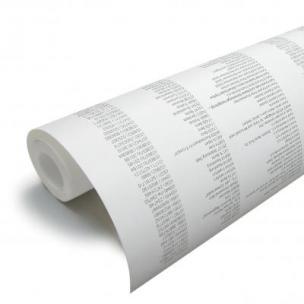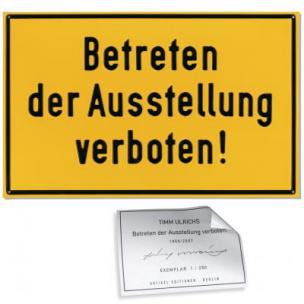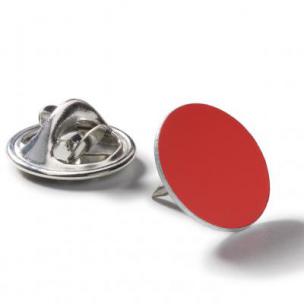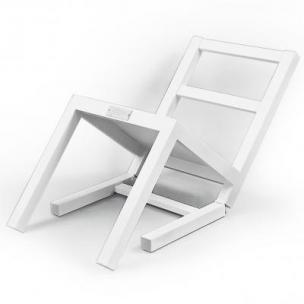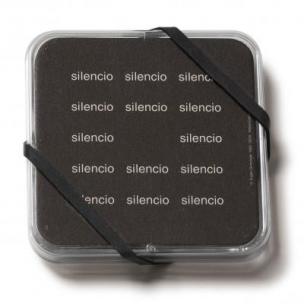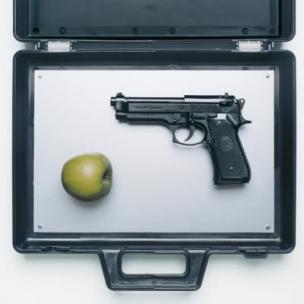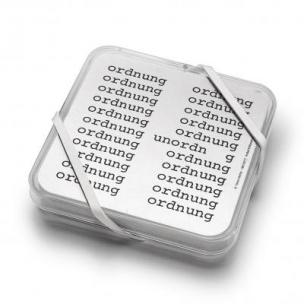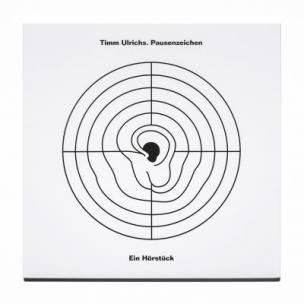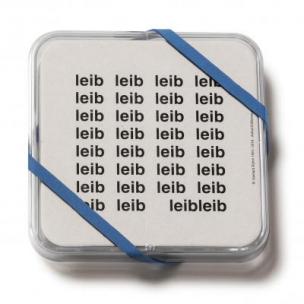The Word Architect Friedrich Achleitner †
This story about the native Upper Austrian Friedrich Achleitner begins in Salzburg, where he graduated with Wilhelm Holzbauer and the Technical Vocational School. In 1949, the two 19-year-olds went to the Academy of Fine Arts in Vienna, where they graduated in 1953 from the architectural grandmaster Clemens Holzmeister. Achleitner then adds a master class for stage design.
While Holzbauer was in America to study and then teach (1956 to 1959), Achleitner and his Salzburg fellow student Johann Georg Gsteu redesigned the neo-Romanesque Rosenkranzkirche in Vienna-Hetzendorf. According to the critics, this "purifying reinterpretation" was and remained Achleitner's only work as an architect. Later Achleitner himself was to become a feared and respected architecture critic by writing the "Bausünden" column of the daily newspaper Die Presse for ten years (until 1972).
Before this, Achleitner writes his friend Holzbauer from Vienna to Boston that he has decided to stop working as an architect in order to become active in literature. Holzbauer comments later: "That's the way it is in Vienna: you make a line under yourself, go to the café and do literature." And so it is.
1955 Friedrich Achleitner meets the lute poet and speechwriter Gerhard Rühm at a vineyard festival of Arnulf Rainer in Bad Vöslau near Vienna. Shortly afterwards they sit together with H.C. Artmann, Konrad Bayer and Oswald Wiener in Café Hawelka as "Wiener Gruppe". Their aim is simply "to renew the literary message from the material of language". Dadaism, expressionism, surrealism and constructivism are the starting points. Karin Mack (who Friedrich Achleitner later donates a son and a daughter to) photographs the happenings within the framework of her "Literary Cabinet", including the shattering of concert grand pianos by axe and police deployment. The piano smashing happened in 1959, 14 years after Karl Valentin in Munich (on the 150th anniversary of Mozart's death) and at the same time as Nam June Paik in Düsseldorf (Hommage à John Cage). In 1959, Friedrich Achleitner and Konrad Bayer, the then writers' authority Heimito von Doderer, attested that "the two young poets (...) are a good part of Austria's literary future: such a future that reaches far beyond Austria's borders".
As a "word architect" Achleitner constructs a conceptual literature that is composed of individual building blocks, thus co-founding the literary genre of Concrete Poetry - oriented on Concrete Art, as formulated by Max Bill in 1949 – in Vienna. His constructivist approach, like that of Ernst Jandl ("rinks und lechts"), who is close to the Viennese group, manifests itself in the exchange of letters and the twisting of sounds. In 1959 "Achi" (as his colleagues call him) published together with Artmann and Rühm the dialect volume "hosn rosn baa", one year later he published "schwer schwarz", in 1973 he formed his typographic word formations in the "quadratroman" – one of the most striking works of concrete poetry.
From 1978 Achleitner took part in the Bielefeld Colloquium Neue Poesie, where concrete poets (until 2002) met annually. Among the international participants are Gerhard Rühm, Timm Ulrichs and sometimes Eugen Gomringer, who wrote Concrete Poetry in Zurich from 1953, for the first time almost simultaneously with Rühm. One photograph shows Achleitner next to Rühm and Jörg Drews (co-founder of the colloquium) standing together in a cemetery, taken by Timm Ulrichs with a Polaroid camera, pictured and subtitled in the "quadratroman": "timm ulrichs stolen and dedicated to jörg drews". Further "square" pages are dedicated to Achleitner Ulrichs direkt, Gomringer and Rühm. These connections give the motive to Achleitner's inclusion in the series of editions "Konkrete Poesie (Bierdeckel)" (Concrete Poetry (Beer Mats)) of Artikel Editionen, already published with Gomringer, Ulrichs and Rühm – although unfortunately the quartet of the most important Concrete Poets cannot get completed anymore.
In addition to poetry, Achleitner worked from 1965 until his 80th birthday on the documentation "Austrian Architecture in the 20th Century". In these 45 years, the "Doyen der österreichischen Architekturkritik" (OÖN) has taken over 100,000 photos of buildings in eight of Austria's nine federal provinces, which are digitised in the Architekturzentrum Wien. Published in five volumes between 1980 and 2010, Achleitner's Opus magnum became the standard work with which he received his doctorate in technology from Graz University of Technology in 1981. Shortly afterwards the academic lines of the youth friends Holzbauer and Achleitner meet again at the University of Applied Arts in Vienna. When Achleitner took over the teaching pulpit for the history and theory of architecture there in 1983, Holzbauer was rector of the house (until 1991).
After retiring in 1998, Achleitner returned to working as a freelance writer. Starting in 2003, Zsolnay published his witty prosaminiatures, which he played down as "sleep stories". With "wortgesindel" the fifth episode appears in 2015. Texts in which he pursues the exciting life of language in an original and precise manner – tracing the superficial and the cryptic or the hidden and the absurd and exposes the self-evident as unconscious. Based on Ludwig Wittgenstein's philosophy of language, Achleitner examines the functions of linguistic structures and formulates his findings with wit and spice, inspired, for example, by the succinct humor of Karl Valentin – "who occupied us all" (Holzbauer).
Wilhelm Holzbauer, who in his American years must have felt excluded from the happenings in the literary cabarets of the Vienna Group, compensates for his homesickness with a three year bubbling cornucopia of experimental letter texts. In these he sometimes satirizes Ludwig Thoma's Filserbriefe, sometimes the Yiddish joke, sometimes Karl Valentin's everyday nonsense. He addresses the recipient with "Gargantuan debauchee" or "Coarse trouser matz". And when the "Theure Freundling" from Vienna writes to him that one "sowohl schaim schiassn als auch schiam scheissn" [shoot target / shit umbrellas], and Holzbauer answers him as "Furzknochen", it reminds him of Mozart's Bäsle letters. 50 years later, on Holzbauer's 80th birthday, the addressee Achleitner returns the letters to the sender. According to Mona Müry, who publishes the letters in book form ("meiself in bosdn - Letters from Amerika", 2012), the writing architect Holzbauer formed the transatlantic satellite of the Wiener Gruppe at the time.
Admired by his companions and officially honoured many times, the man with Corbusier glasses last said at the award ceremony for the Paul Watzlawick Ring of Honour (2011) that he had always seen himself neither only as a critic, writer or linguist nor exclusively as a documentator, but as someone who wanted to tear down walls of incomprehension and bring fantasy, reason and emotional science into a discourse. On 27 March 2019 Friedrich Achleitner dies, shortly before he reaches the age of 89 (birthday on 23 May), in his Vienna apartment of the more than 450-year-old Basiliskenhaus in Schönlaterngasse, the neighbouring building of Vienna's Literaturzentrum Alte Schmiede. And when Gerhard Rühm, at the request of widow Barbara Achleitner, delivers the eulogy at Vienna's Central Cemetery, one can assume that she will rise and take off in a Wiener Gruppe language.

